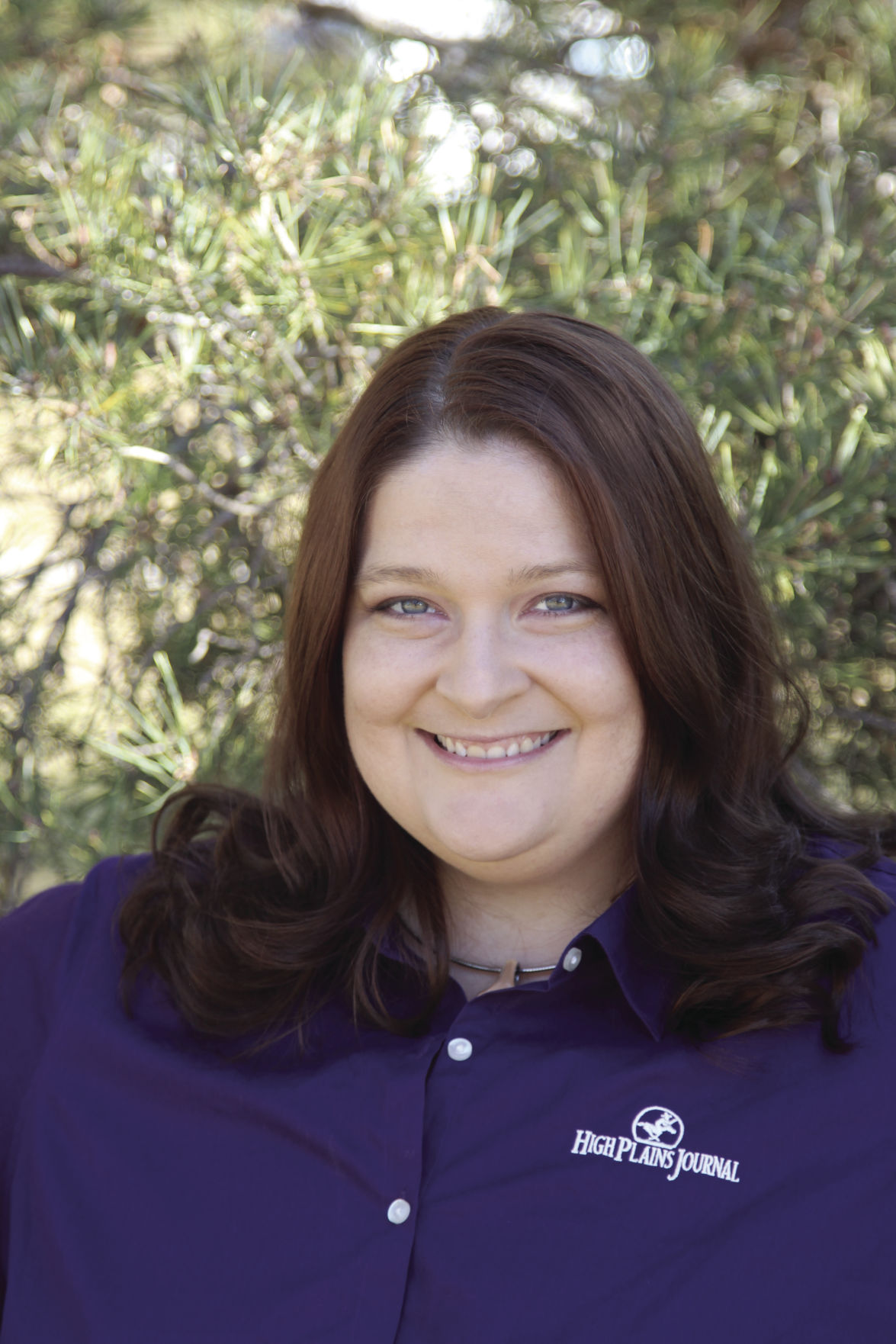In December, the Kansas Department of Agriculture Division of Animal Health hosted another tabletop foreign animal disease preparedness exercise. The goal was to identify and work through any challenges to restricting livestock movement if, or when, a foreign animal disease is detected not just in Kansas but also in neighboring states.
This wasn’t the first exercise either. In the last 20 years we’ve spent millions of dollars at the state and federal levels to prepare for a hypothetical cow to show up with foot-and-mouth disease. All to protect billions of dollars of animal operations and limit the effects of disease in United States livestock herds on commerce and people’s livelihoods.
But, we don’t spend the same amount of energy thinking about the human herd.
We know that influenza kills 35,000 to 70,000 people a year, and yet we don’t get our flu shots. We watch reports on television or social media channels about flu season and yawn. We blithely ignore the science of virus shedding and our daily hand washing hygiene.
Until, that is, something new and deadly comes on the scene. On Dec. 31, the World Health Organization’s China Country Office was first informed of 44 patients that had “pneumonia of unknown etiology” in Wuhan City in the Hubei Province. By Jan. 20, it had a name, “2019-nCoV” or “novel coronavirus,” part of a family of viruses that includes SARS, MERS and the common cold. And it had spread to 278 cases in China, two cases in Thailand, and one case in both Japan and Korea.
The most recent WHO report of March 8 (just over 2 months later) showed 105,586 confirmed cases of what we’re now calling “COVID-19” (COronaVIrus Disease-2019) in more than 100 countries around the globe. And we’ve reached what WHO calls the “community spread” status of the disease.
So what makes COVID-19 concerning for agriculture and rural folks?
Consider that the mortality rate for populations age 50 to 80 or more is a range of 1.3 to 14.89%. It’s questionable because not everyone is tested, but the experts do warn it’s affecting the older population to a larger degree. Remember, the average age of the U.S. farmer is 58 years, according to U.S. Department of Agriculture. And we know that many of those farmers have underlying health challenges such as heart disease, diabetes or cancer that can put them further at risk. By the way, if urban hospitals with their resources are starting to see the strain of large numbers of patients overwhelming emergency rooms, supply shortages and staff infections, just how do you think your local six-bed hospital is going to do if COVID-19 comes to its door?
It’s already affecting commerce. We’re getting ready for spring planting, which means a growing demand for crop input products, which are usually sourced from overseas plants that are running at 50% or less capacity because the employees are quarantined. Additionally, ports of countries that are our biggest export opportunities are shutting down because they’re trying to limit the spread of COVID-19 and that means our commodities can’t be unloaded from ships.
COVID-19 is novel in that the incubation period is one to 14 days. That means that a person can have the virus and be out in public shedding the virus without so much as a sniffle. Now, think about all the places you have been in the last two weeks—and where all of those people you interacted with have been in two weeks. Did you go to town to get groceries and visit grandma in the nursing home? Watch your child at a regional 4-H competition with kids from six or seven different school districts and their families? Fly to a business meeting through an airport?
All of those are the equivalent of taking six loads of feeder steers from five different states through one livestock sale barn, co-mingling them and selling to 14 different feedlots in three states.
So, what should we do?
Wash your hands and practice good hygiene. Cough into your elbows. Wipe down surfaces with disinfectant. Maintain social distances of 3 feet. We won’t judge you for not shaking a man’s hand right now. And, stay home and away from susceptible populations if you or someone in your household is sick.
When you get right down to it, we humans aren’t that much different in our disease outbreaks than livestock. The difference is, we know how livestock diseases should act, but with COVID-19 our doctors are learning with every new case. And, of course, we can change our behaviors to limit our risk to ourselves, but also the larger human population.
Now’s the time that we need to think about the human herd at large and do our part to keep strangers we may never know healthy. For more information, visit the WHO website www.who.int/emergencies/diseases/novel-coronavirus-2019.
Jennifer M. Latzke can be reached at 620-227-1807 or [email protected].



